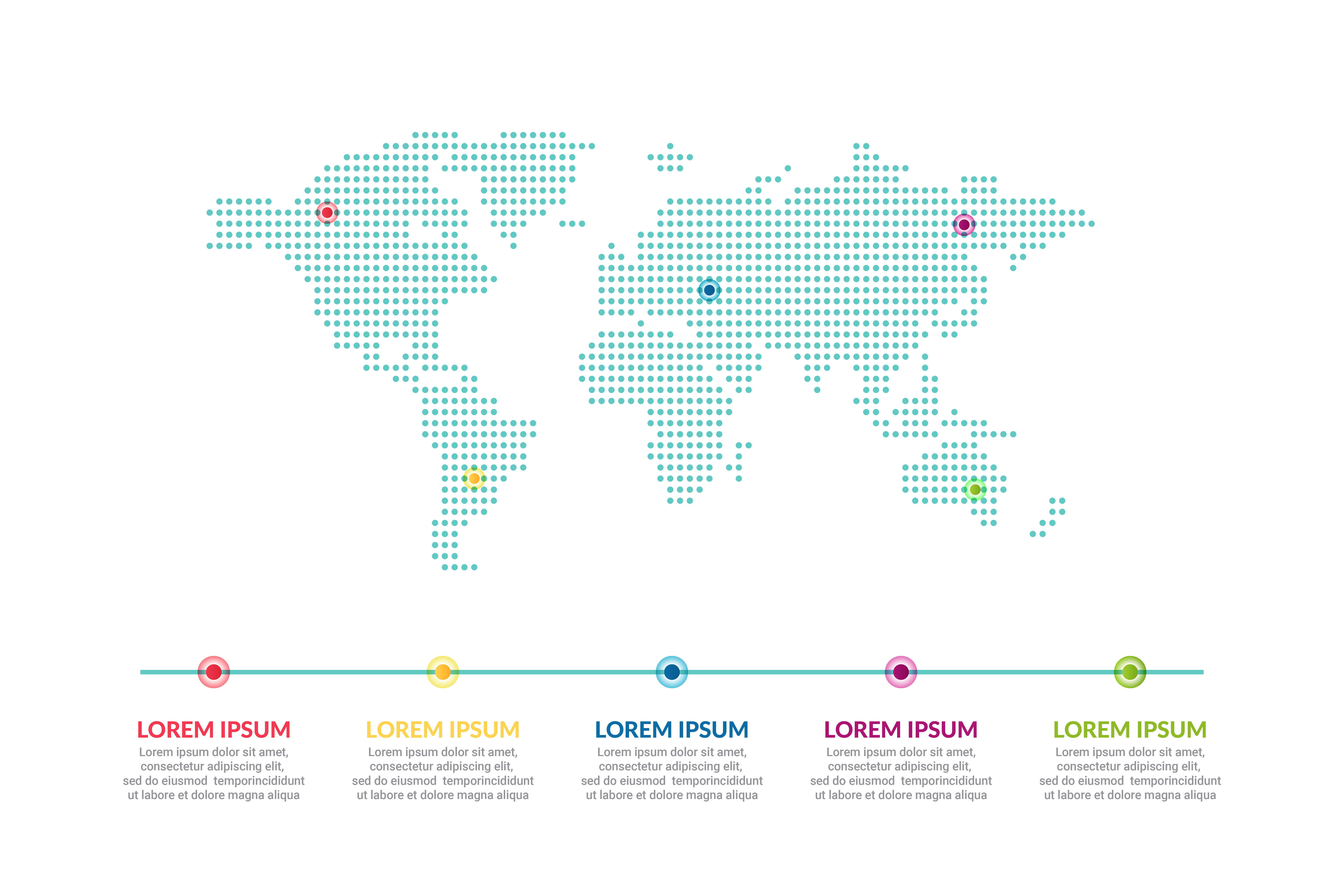


HAMILTON: The finding, which appears in the journal Science, shows how hard it is to map an entire brain, even in an insect. This is the landmark first reference that we can use to compare everything else. VOGELSTEIN: Or look at differences across gender or differences across species or differences across developmental stages. Vogelstein says the larval fruit fly connectome will help scientists study things like learning and memory. For example, the circuits involved in speech and language tend to be on the left, while circuits that recognize faces tend to be on the right. HAMILTON: In human brains, the right and left sides can have very different wiring. VOGELSTEIN: One surprise that led to actually a follow-up paper that we've already written is how similar the left and the right sides are. HAMILTON: Vogelstein says that, like a human, this insect has a brain with a left side and a right side.

There's regions that correspond to navigation. There's regions that correspond to learning. There's regions that correspond to decision-making. VOGELSTEIN: The larval drosophila is closer in many regards to a human brain than the other ones. It's from the larva of a fruit fly or drosophila. Now, Vogelstein and an international team have mapped a brain with more than 3,000 neurons and more than 500,000 connections. HAMILTON: So in the 1970s, scientists began mapping the connections in worms and tadpoles with just a few hundred neurons. VOGELSTEIN: And each one has about 10,000 connections. But Vogelstein says that's hard in a human brain, which has more than 80 billion nerve cells. HAMILTON: To understand that object, you need to know how it's wired, what scientists call its connectome. JOSHUA VOGELSTEIN: The brain is the physical object that makes us who we are. Joshua Vogelstein of Johns Hopkins University puts it this way. JON HAMILTON, BYLINE: A brain is more than just a collection of cells. NPR's Jon Hamilton reports on an effort to trace every connection in the brain of a fruit fly larva. Scientists hoping to map the trillions of connections in the human brain are starting a lot smaller with fruit flies.


 0 kommentar(er)
0 kommentar(er)
